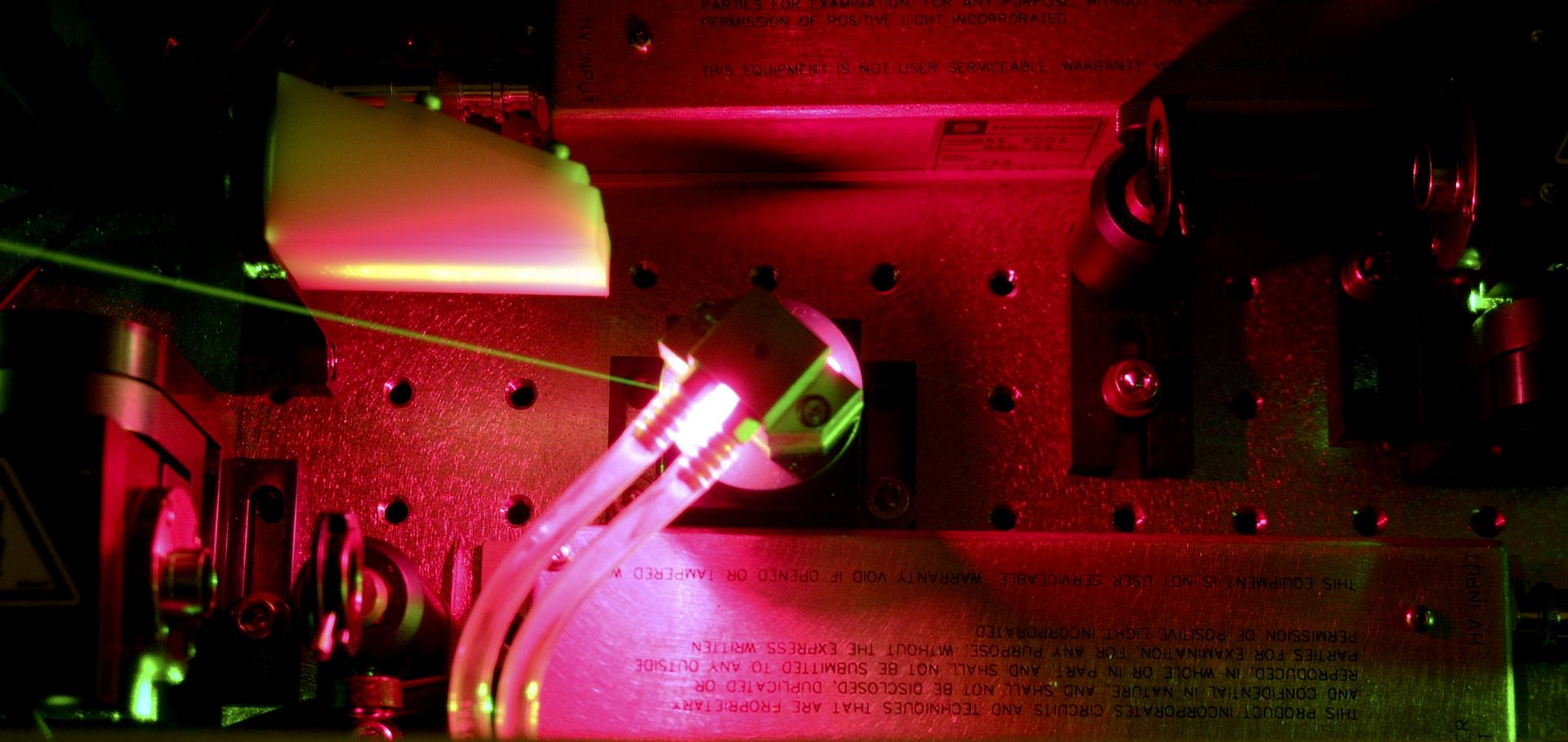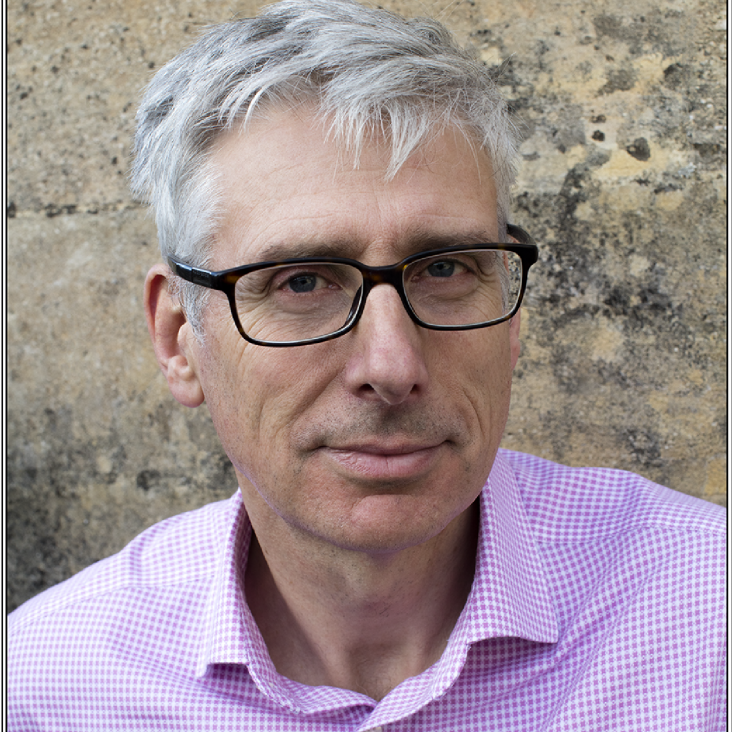High-brightness, symmetric electron bunch generation in a plasma wakefield accelerator via a radially-polarized plasma photocathode
Physical Review Accelerators and Beams American Physical Society (APS) 28:10 (2025) 101301
Abstract:
<jats:p>The plasma photocathode has previously been proposed as a source of ultrahigh-brightness electron bunches within plasma accelerators. Here, the scheme is extended by using a radially-polarized ionizing laser pulse to generate high-charge, high-brightness electron bunches with transverse emittance. Efficient start-to-end modeling of the scheme, from ionization and trapping until drive bunch depletion, enables a multiobjective Bayesian optimization routine to be performed to understand the performance of the radially-polarized plasma photocathode, quantify the stability of the scheme, and explore the fundamental relation between the witness bunch charge and its emittance. Comparison of plasma photocathodes driven by radially- and linearly-polarized laser pulses shows that the former yields higher-brightness electron bunches when operating in the optimally-loaded regime.</jats:p>High brightness, symmetric electron bunch generation in a plasma wakefield accelerator via a radially-polarized plasma photocathode
ArXiv 2505.11387 (2025)
Contribution of ALEGRO to the Update of the European Strategy on Particle Physics
(2025)
On the localization of the high-intensity region of simultaneous space-time foci
Optics Express Optica Publishing Group 33:4 (2025) 7645-7645
Abstract:
<jats:p>Simultaneous space-time focusing (SSTF) is sometimes claimed to reduce the longitudinal extent of the high-intensity region near the focus, in contradiction to the original work on this topic. Here we seek to address this confusion by using numerical and analytical methods to investigate the degree of localization of the spatio-temporal intensity of an SSTF pulse. The analytical method is found to be in excellent agreement with numerical calculations and yields, for bi-Gaussian input pulses, expressions for the three-dimensional spatio-temporal intensity profile of the SSTF pulse, and for the on-axis bandwidth, pulse duration, and pulse-front tilt (PFT) of the SSTF pulse. To provide further insight, we propose a method for determining the transverse input profile of a non-SSTF pulse with equivalent spatial focusing. We find that the longitudinal variations of the peak axial intensities of the SSTF and spatially equivalent (SE) pulses are the same, apart from a constant factor, and hence that SSTF does not constrain the region of high intensity more than a non-SSTF pulse with equivalent focusing. We demonstrate that a simplistic method for calculating the pulse intensity exaggerates the degree of intensity localization, unless the spatio-temporal couplings inherent to SSTF pulses are accounted for.</jats:p>On the localisation of the high-intensity region of simultaneous space-time foci
(2024)


